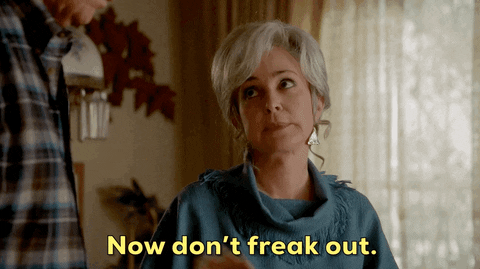The $2,000 Lesson
Why empowering employees creates loyal customers.
Previously on Giuseppe’s Glimpse: In the last episode, we looked at how brands expand beyond their core and the role of the “trust dividend.” The takeaway: clarify your core, co-create with your base, scale selectively, and expand with care. Missed it? Catch up here! ✨
Buongiorno everyone 👋
Every company talks about putting customers first.
Very few design their organization so employees can actually deliver on that promise.
Back in the 1980s, Ritz-Carlton chose a different path. 🏨
Co-founder Horst Schulze gave every employee - from the front desk to housekeeping - the authority to spend up to $2,000 per guest, per incident, without asking a manager.
On paper, that sounded reckless. In practice, it changed the destiny of the company.
The rule was never about the money. It was about speed, empowerment, and trust. ⚡
Turning employees into owners
The $2,000 rule removed the slow parts of service. No waiting for approvals. No “let me check with my boss.” A guest’s problem could be solved in real time with a gesture that felt bold and human. 🤝
Most people never spent anywhere close to the ceiling. But they knew they could, and that knowledge changed behavior.
Authority does three things: it shortens response time, it raises the quality of judgment, and it shifts identity from order-taker to owner. 🔝
Give people clear guardrails and they will use them well.
Ritz-Carlton paired the policy with training, shared examples, and simple documentation so learning compounded.
The point was not big gestures. It was decisive care at the moment of truth. 💪
When employees carry real permission, recovery becomes an experience, not a transaction. Guests feel seen. Employees feel proud. Loyalty grows on both sides.
When the inside does not match the outside
Many organizations polish the customer journey while leaving the employee journey stuck in bureaucracy. 📄
The promise on the website says fast, easy, personal. The systems inside say slow, complex, standard. Customers feel that gap right away.
You see it when KPIs reward speed over resolution. When scripts matter more than judgment. When tools do not talk to each other, so an agent has to jump across six tabs to find a simple answer. 😩 When approval ladders are long and unclear. When risk rules exist to prevent mistakes but end up preventing service.
That misalignment has a cost. Slower recovery means higher churn. Frustrated teams mean higher attrition.
The brand pays twice: once with customers who leave, and again with employees who do not stay. 💸
If the experience inside does not match the promise outside, the promise breaks at the last mile.
Walk the talk: aligning EX and CX
Great customer experience rests on great employee experience. The two move together. If you want clients to feel valued, start by valuing the people who serve them. 🌱
A simple way to think about alignment:
Promise: what you tell customers you stand for.
Permission: what decision rights employees actually have. 🔑
Plumbing: the systems and processes that make the work possible.
Proof: what you measure and reward.
When these four line up, service feels natural. When they do not, friction shows up everywhere. 🧐
How to close the gap
Here are practical moves that build trust on the inside and loyalty on the outside:
Give clear decision rights 📋
Set micro-budgets, same-day credits, and swap authority for frontline teams. Define what “make it right” means by scenario. Train for judgment.Build simple recovery kits
Pre-approved gestures, fast refunds, no-questions exchanges in defined cases. Make the easy things easy. Save escalation for the edge cases.
Cut approval chains ✂️
Replace layers of sign-off with guardrails. If a choice is reversible or low risk, let the person closest to the customer decide.
Fix the plumbing
Unify customer data. Reduce tool sprawl. Give people the information they need at the moment they need it. Speed comes from access, not pressure.
Measure what matters 📈
Track first contact resolution, time to make it right, referral rate, and eNPS. Celebrate stories where someone used judgment well. Share them so standards spread.
Do these well and you get more than satisfaction. You get coherence. Every touchpoint starts to feel like part of a single, considered whole.
The real lesson
Customer experience and employee experience are two sides of the same coin.
When you trust your people, your customers feel it. The smaller the gap between EX and CX, the stronger the brand becomes.
👉 Where does your inside reality make it hard to keep your outside promise?
👉 What is one decision right you could give your frontline this month to speed care without adding risk?
Stay curious 🙌
-gs
Oh, wow! You made it to the end. Click here to 👉 SHARE this issue with a friend if you found it valuable.







